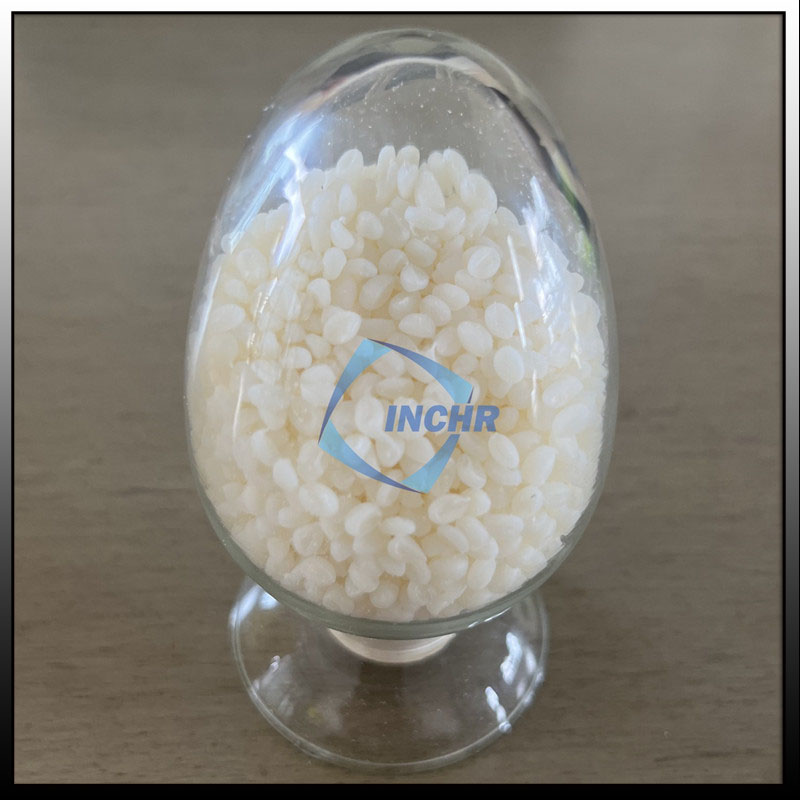Static Solutions: How Antistatic Additive Transform Plastics
Static electricity plagues plastics—causing dust attraction, ESD damage, and production nightmares. For manufacturers, antistatic additive are the silent guardians ensuring safety, efficiency, and product integrity. Here’s what makes them indispensable.

Why Static Control Matters
ESD Risks: Sparks can destroy electronics or ignite flammable environments.
Dust Magnetism: Compromises aesthetics and functionality in packaging/electronics.
Operational Hazards: Clinging films, jammed conveyors, and worker shocks.
Plastics’ insulating properties make them static-prone. Antistatic additives break this cycle.
How Antistatic Additive Work
Two primary mechanisms deliver results:
Migratory Additives
Mechanism: Hydrophilic agents (e.g., ethoxylated amines) migrate to the surface, attracting moisture to create a conductive layer.
Pros: Cost-effective, clarity-friendly.
Cons: Humidity-dependent; temporary (months to years).
Permanent Conductive Fillers
Mechanism: Carbon black, nanotubes, or metallic fibers form internal conductive networks.
Pros: Humidity-independent, lifelong protection.
Cons: Higher cost; may alter color/mechanics.
Antistatic Additive Key Applications
Electronics: Device housings, IC trays, conveyor parts [Keyword: antistatic additive electronics].
Packaging: Films, containers, FIBC bags (prevents dust/ESD) .
Automotive: Fuel components, dashboards (safety compliance).
Textiles: Carpets, industrial fabrics (eliminates cling).
Choosing the Right Antistatic Additive
| Factor | Migratory | Conductive Fillers |
|---|---|---|
| Longevity | 6–24 months | Permanent |
| Humidity | Performance drops | Unaffected |
| Clarity | Excellent | Opaque (usually) |
| Cost | $–$$ | $$–$$$ |
Critical Considerations:
Compliance: FDA/USP VI for food/medical uses.
Polymer Match: PP/PE additives ≠ PC/ABS. Verify compatibility.
Environment: Dry climates demand conductive fillers.
Why Invest?
Cost Savings: Cheaper than IDPs or coatings.
Safety: Mitigates fire/explosion risks in volatile settings.
Quality Control: Reduces defects in electronics assembly.
The Bottom Line
Antistatic additive are non-negotiable for modern plastics. Whether preventing dust on consumer packaging or safeguarding microchips, they balance performance, cost, and compliance.
Conclusion
INCHR only provides internally mixed, permanent antistatic additive, which are washable and have no blooming or migration out of the matrix. It is mainly used in semiconductor packaging and transportation, mobile phone manufacturing, and automotive industries. If you are interested in our products, please contact our sales team to get more technical information.




